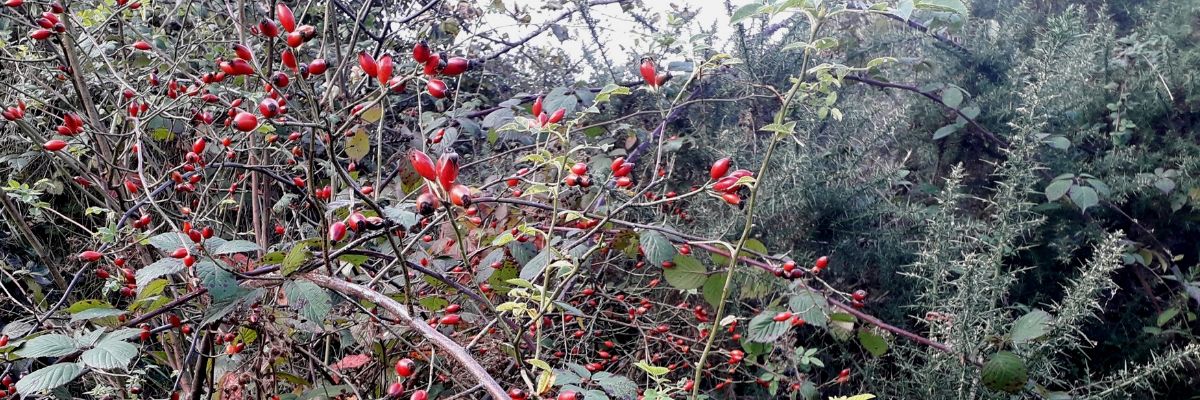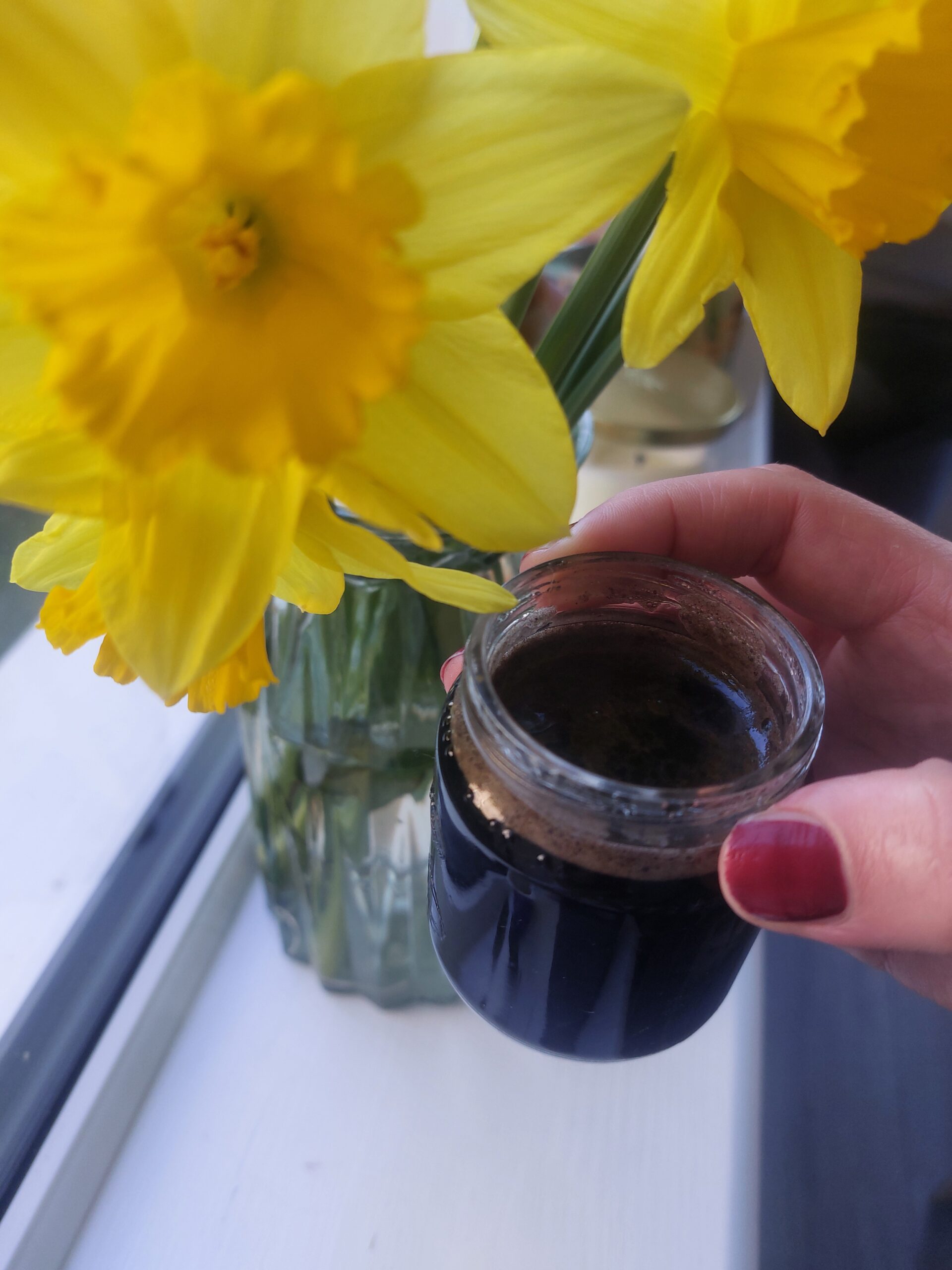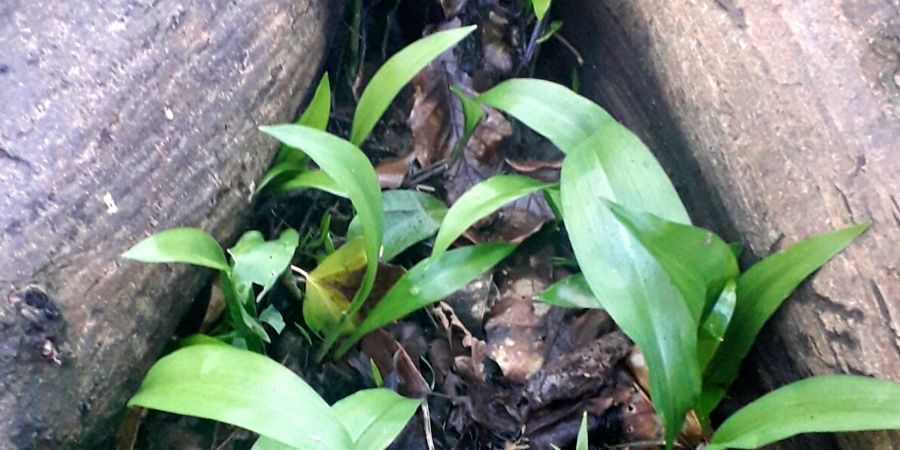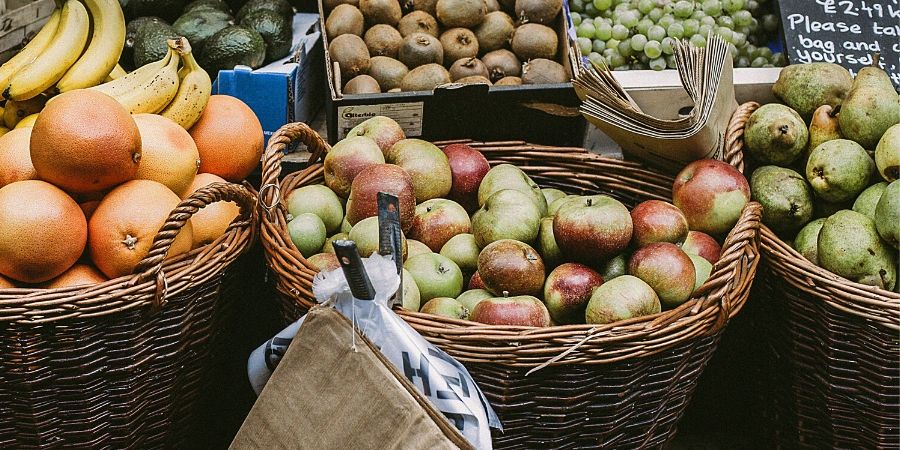Mushrooms, Chestnuts, Sheep Sorrel and wild herbs are still available when foraging in November for those wild food lovers who don’t mind braving the elements. Winter is an undiscovered and under utilised time of year to spend in the woods. Rosehips, sloes, crab apples and of course mushrooms are still widely available in November.
By now you may have been out discovering all of the Autumn fruits but wild herbs are still plentiful and you can stock up on your winter tea herbs too.
What you could find
Rose Hips
Bright red rose hips reach out from the bushes in the months of October and November. It is like they are telling us to stock up on our Vitamin C for the winter. Make delicious rosehip syrup or rose water to clean those pores.
Chestnuts
Sweet chestnuts fall from the trees throughout this month. Be careful to avoid the common conker which can have a similar looking shell to your chestnuts. Sweet chestnuts come in packs of three when you open the nut casing.
Crab Apples
This sweet fruit is often overlooked, maybe its the name that puts people off but making crab apple jelly is a great way to use this fruit. Add some cinnamon to your jelly recipe for an extra kick or why not try a winter chutney for Christmas time. Okay maybe its a little early to start talking about Christmas but with all of these wild goods you will want to show off your wild knowledge around the Christmas dinner table.
Sheep Sorrel
This tiny green plant grows nearly year round and packs a punch when it comes to its sour flavour. It contains oxalic acid which gives it a tangy flavor but it is a great addition to salads and soups. Sheep Sorrel is a great extra leaf to add to any green dish.
Gorse Flowers
This is the flower that just keeps on giving. In Springtime and late Autumn the yellow flowers burst to life and it is hard to walk through a mountainside in Ireland without stumbling upon it. This bright yellowed flower makes a tasty coconut flavored wine. Don’t believe us? Give it a try. This is home brew not to be missed.
Hen of the Woods mushrooms
Often found at the bottom of an oak tree, Hen of the Woods is also known as Maitake mushrooms. When you find a Hen of the Woods it is likely you will find more around the same tree. Look out for giant oak trees and you could be in luck. Clean them, roast them and enjoy the flavors of the Earth. We want to point out that there are several poisonous species of mushrooms so always try to go hunting for mushrooms with an expert.
Pine
The smell of pine trees is just an inviting as any berry during summertime. This plant is rich in vitamins and used to prevent scurvy in the 18th century. It is the perfect addition to your tea recipes in winter time Be careful not to confuse this wild treat with needles from a Yew tree.
Sloe Berries
Everyone has heard of sloe gin but have you ever tasted the berries. They are delicious. November is a great time to forage for your sloes. They make delicious jam, jelly and add an extra spark to any winter cocktail.
Herb Robert
Herb Robert (aka Geranium robertianum) is easy to miss as it is so small along the edges of the woods but once you find it you will keep stumbling upon it. All parts of this tiny herb, the flower, the leaves and the root have been used to cure ailments in the past. Make tea with the leaves, add the pretty pink flowers to your flowers. The herb contains ellagic acid and is a natural source of germanium.
Other wild edibles to keep an eye out for in the month of November include: Oyster mushrooms, Navelwort, winter chanterelles, hawthorn berries, wood sorrel and dandelions.
When and where to go foraging in November
Coastal foraging is popular in the Spring and Summer months but the woodlands is the place to be for the Autumn and winter months. This is where most of the wild plants stay dry in the winter months. Head out for a walk in the local woods. Avoid foraging in local parks as many of the plants may have been sprayed. Never pick something that you cannot identify, especially mushrooms. People are aware that their are poisonous mushrooms out there but often people don’t realise that they can grow next to the edible species and look quite similar. Always go foraging with an expert who knows the local land.
What to Bring Foraging Adventure
- A pair of scissors, or a good pocket knife for mushroom hunting.
- A wicker basket or a reusable container.
- Gloves
- Sturdy shoes or boots
- Long sleeves and pants (trousers) to protect from nettles, thorns and poison ivy
- A small notebook for keeping track of all of your finds.
Resources
Get our Free Foraging Tips: A 6 week guide for beginner foragers!
Don’t let the damp days put you off getting out into the wild. There are wild treasures to be found all year round.
Join us for some foraging adventures to learn about the Wild plants around you.




